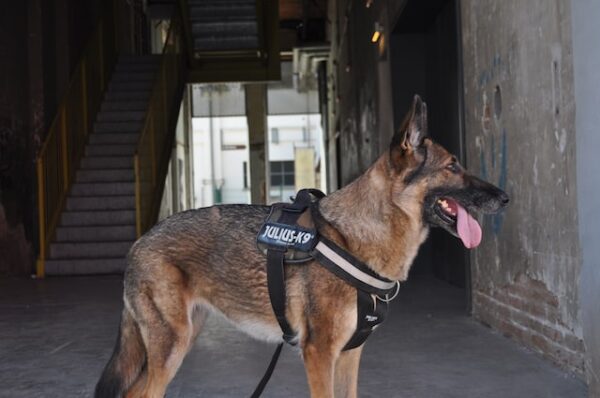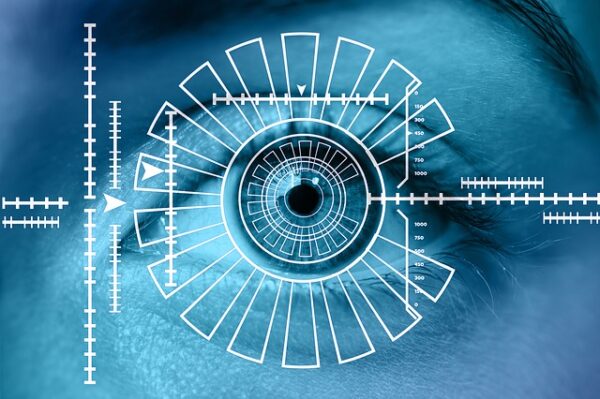Biometrics are evolving: soon it will be possible to identify you by your ear shape or skin composition.
Picture: Human ear can compete with fingerprints in terms of anatomic uniqueness

It looks like mainstream face antispoofing or fingerprint scans will have to be put away in a mothball box: new and bizarre ways to confirm your identity are on the way. We’ve prepared a selection of the 5 weirdest biometric identification methods.
1. Ears and ears…
Incredible but true: no human ear in the world is identical to another. The human auricle has such anatomical components as fossa triangularis, scapha, helix, concha, and others. They produce a bunch of ridges, hollows and furrows that form highly unique patterns. Even both of your ears aren’t identical and recognizing a person by their ear shape was suggested in 1963 by Manuel Zimberhoff.
An ear scanner could save a lot of trouble at an airport increasing the throughput. Or when integrated in a smartphone. A startup Descartes Biometrics developed an app for detecting ear shape, which is probably based on a technique called image ray transform. Another product by them can enhance surveillance and police body cameras as it scans the auricle at distance.
2. Success with the… ass
Even though rumpology (butt reading) is smeared with a “pseudoscience” bad rep, it’s quite possible that soon your derrière and manner of sitting will be thoroughly analyzed by cold, heartless algorithms.
An extravagant idea was envisioned at Stanford some time ago: a smart toilet that snaps a ‘fingerprint’ of your anus and stores it on unspecified cloud servers. “To fully reap the benefits of the smart toilet, users must make their peace with a camera that scans their anus,” read the press release.
But a less comedic application of the know-how could actually help prevent a car theft. A bunch of biometric profiles with profile templates can be created for the entire family, absorbing the data from multiple pressure-reading sensors. As a result, it will be much harder for an intruder to make the car go. And an automatic alarm will scare them away.
3. Gait: Reliable and just great
The way you walk is almost as discernible as the way you talk. Gait has already been compared to the voice timbre in terms of uniqueness many times. A gait-based solution focuses on a person’s height, walking speed, general ambling patterns, and ground reaction force (GRF) variation.
Then machine learning analyzes it all — applying such tools as feature extraction — and matches the gathered info to the templates stored in its database. So, a person can be identified if they are too far from a camera to scan their face or if they are wearing a mask.
4. Let me see your nose, please
Curvature, length and width of a human nose seem to be unique identifiers. As well as the common nose types: Roman, Greek, Nubian, Hawk, Snub and Turn-up. With the help of all that data and cross-referencing, an algorithm was able to identify 36 people unmistakably. But then a concern appears: culprits and fraudsters can turn to beauty surgeons to avoid nose identification.
Picture: As reported, nose authentication can outperform eye-based modalities

5. Take a sniff
Your odor may replace an ID one day. A research team from Universidad Politécnica de Madrid came up with a technique of capturing a body smell and translating it into the language of chemistry.
To make it happen, the system will prompt you to put your hand into a glass vase of sorts. Then, an artificial ‘nose’ will use an unspecified algorithm to register your odor signature, while filtering out foreign smells of perfume, lotion or cigarettes.
The bizarre idea was inspired by police doggos. And so far, it’s much cheaper to keep them instead of a robotic nose. But soon things may change as this solution doesn’t require rabies shots, years of training or cute little uniforms.
Picture: Even with autonomous robot noses around Sgt. Sniffers will have plenty of work to do

Check Antispoofing Wiki to learn more about fantastic biometric solutions, deepfake detection and personal identification.

